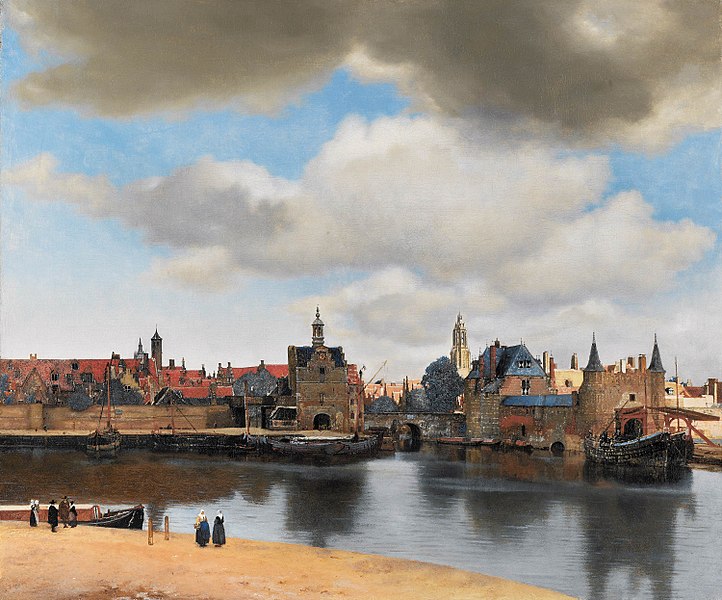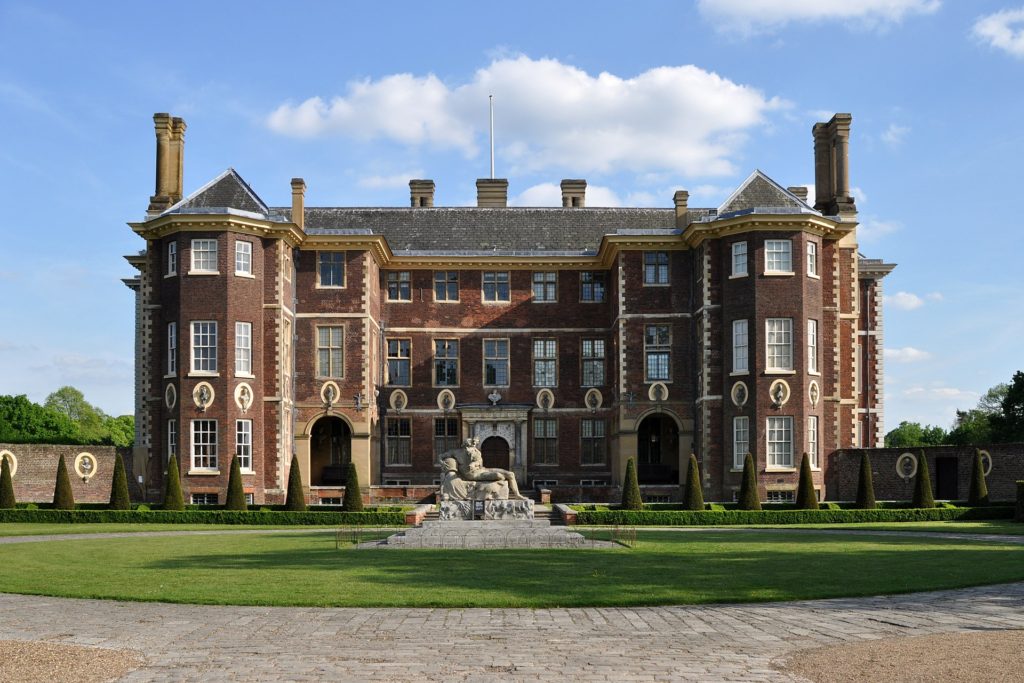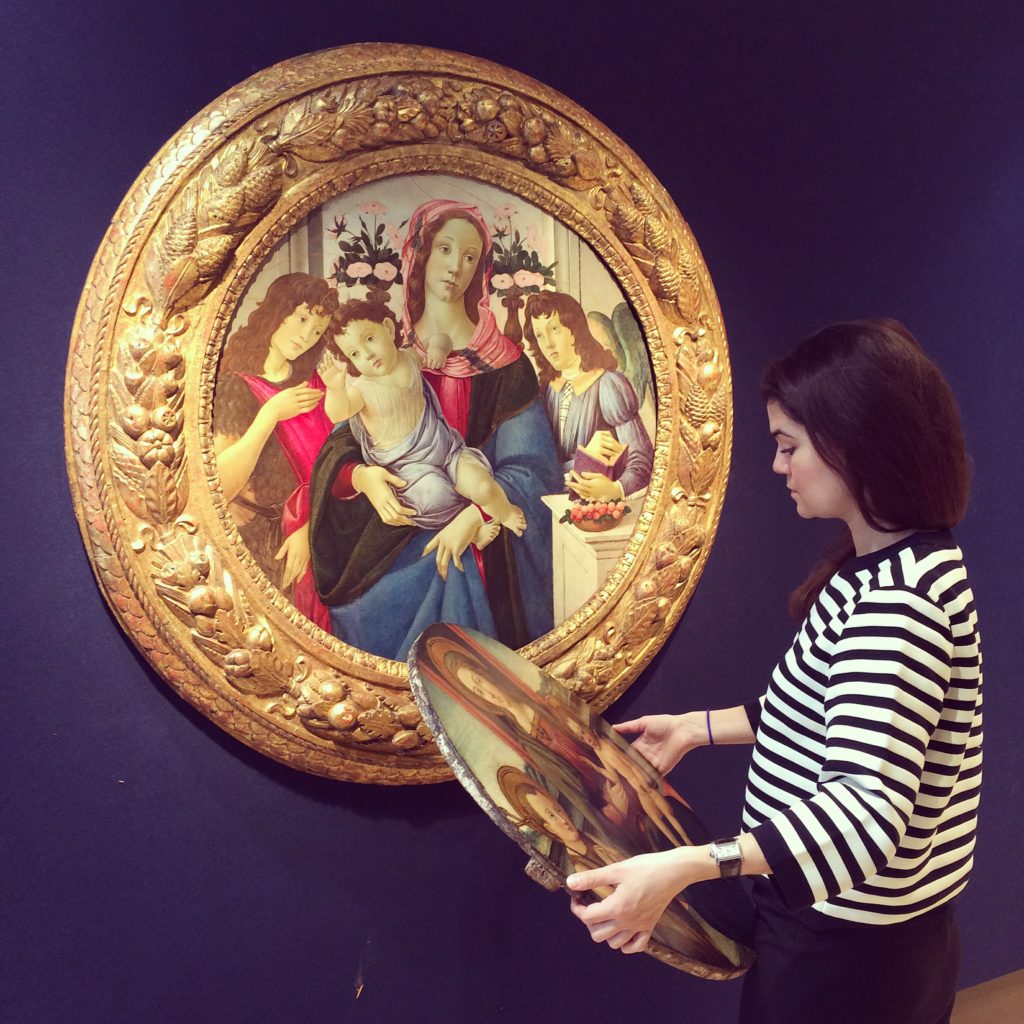In Conversation With - Head of Old Masters Sales Melissa van Vliet
 Johannes Vermeer, View of Delft, c. 1660 – 1661. © Royal Picture Gallery Mauritshuis.
Johannes Vermeer, View of Delft, c. 1660 – 1661. © Royal Picture Gallery Mauritshuis.
We were delighted to welcome Melissa van Vliet to Chiswick Auctions as Head of Old Masters Sales in September. Melissa previously worked for Christie’s where she held positions as Head of Sale in the Old Master & British Pictures and the British & Continental Pictures Departments at South Kensington. Melissa is an experienced specialist and is able to advise both new and seasoned collectors. Passionate about her field with a particular interest in Dutch Old Masters from the Golden Age; Melissa holds a B.A. degree in History of Art from the University of Amsterdam and a M.A. degree in History of Art from U.C.L.
Ahead of the forthcoming Old Masters auction on 31 January, we talk to Melissa about Johannes Vermeer, the Wallace Collection & what to look out for when buying at auction.
What attracted you to the world of Old Master Paintings?
I am attracted to the mystery and history surrounding Old Masters. There is so much to find out about a single painting. I always wonder, who owned it? Why did they own it? Why did it change hands? Why did the artist paint this particular subject? Why did the artist paint in this particular style? And many more. When I started working with Old Masters I was amazed by how many of these questions you can actually answer. Many old inventories and documents are still around today and accessible, and by placing a painting in its art historical context you will understand it stylistically.
Do you have a favourite Old Master painting?
An inevitable question, but practically impossible answer! I am a great admirer of the work of Johannes Vermeer. The detailing in Vermeer’s work in unrivalled and his View of Delft in The Mauritshuis in The Hague makes your whole world stand still. The tranquillity in this painting appears to take over the whole room when you look at it, but the impressive sky suggests that the peace is soon to be disturbed.
Do you have a favourite museum and why?
My favourite museum is the Wallace Collection, which is housed in Hertford House in London. The museum has an absolutely wonderful collection of Old Masters, which are displayed alongside beautiful French furniture, works of art and princely arms and armour. The collection was assembled over 5 generations, by the Hertford family and Sir Richard Wallace, and bequeathed to the nation in 1897. The bequest states that nothing can be added or removed from the collection, which is what makes it so special for me. Hertford House was acquired by the family in 1797 and to view the collection in its original setting is really quite special. It is almost like travelling back in time. Ham House, London © Stevekeiretsu
Ham House, London © Stevekeiretsu
What is your most memorable work moment to date?
A memorable moment for me was working on a small collection from the estate of the late Miss Barbara Judd. This lovely group of pictures had been in the Tollemache family and at Ham House for generations. In order for this group to reach its full potential it was important to support this provenance with inventories and literature. Luckily Ham House is well documented and inventories as far back as 1844 are accessible. In the end, I was able to track down most of the pictures and even found a photograph from 1904 showing two of the lots in situ. On the day of the sale the collection exceeded expectations and the vendor was ecstatic.
What advice would you give to buyers when bidding at auction?
I would advise to always speak to one of the specialists and ask questions, either over the phone or in person. Specialists are passionate about the things they sell and keen to share their knowledge. They can, for example, give you more detailed information about the condition of the lot, place it in the context of its time and take you through the research they did. You will be able to make a more informed decision and enjoy your purchase more.
What top tips would you give to new collectors starting out in this genre?
My first tip to everyone is to buy something you like. You need to enjoy looking at it every day. Then look carefully at the quality of the painting. Make sure you get information about the condition and buy something that is of good quality. Many Old Masters have some restoration, which is really not a problem, although the more original the condition the better. Try to establish the provenance of a painting as sometimes all the information is there already and sometimes there are no leads, but there can also be labels or other clues on a painting that are yet to be researched. Interesting provenance can really add to the value of a painting.
Entries are invited for the forthcoming sale. Find out more here.